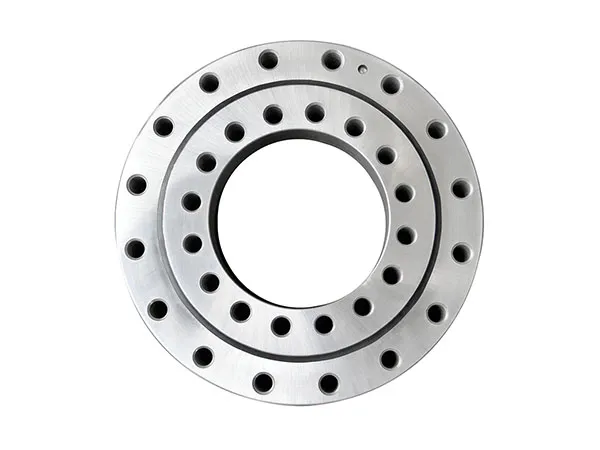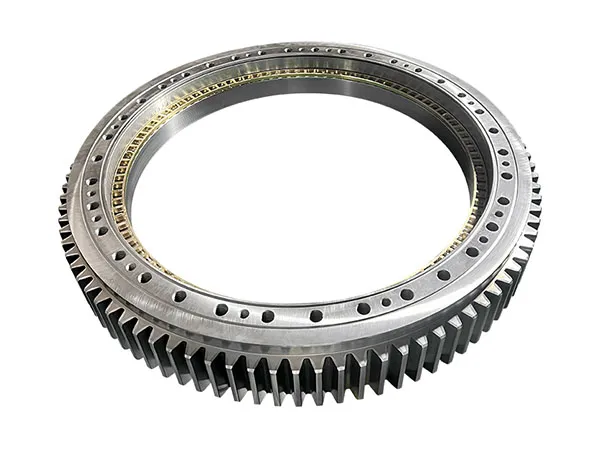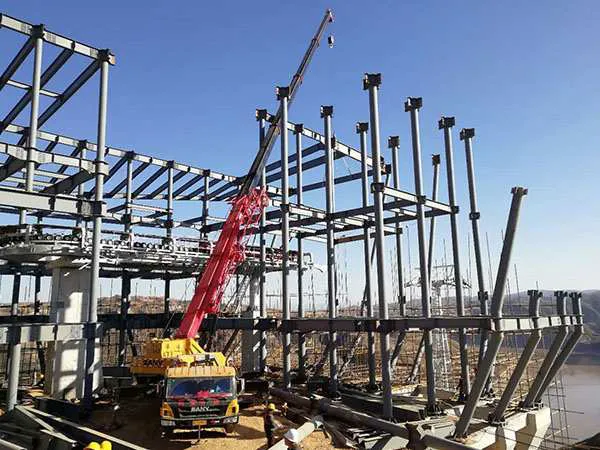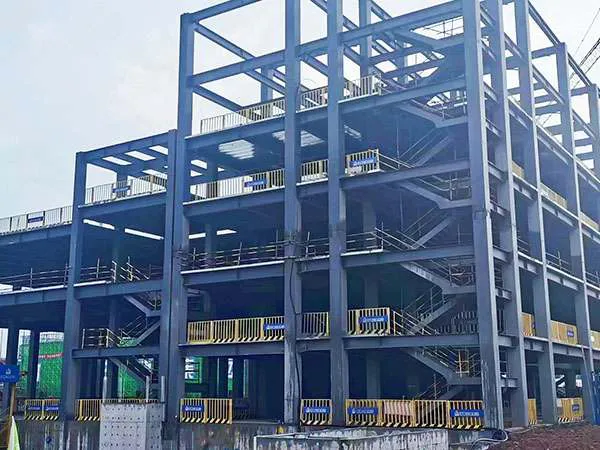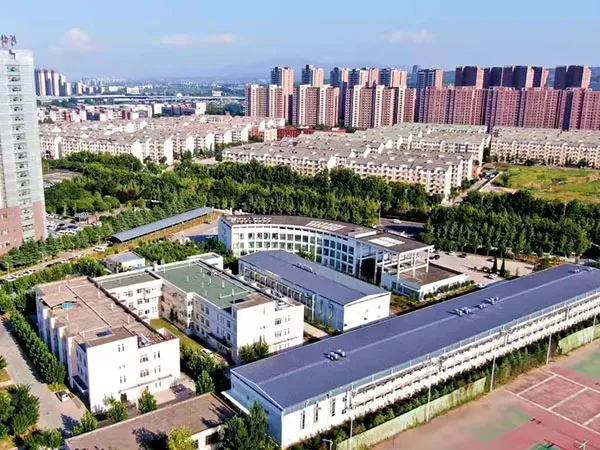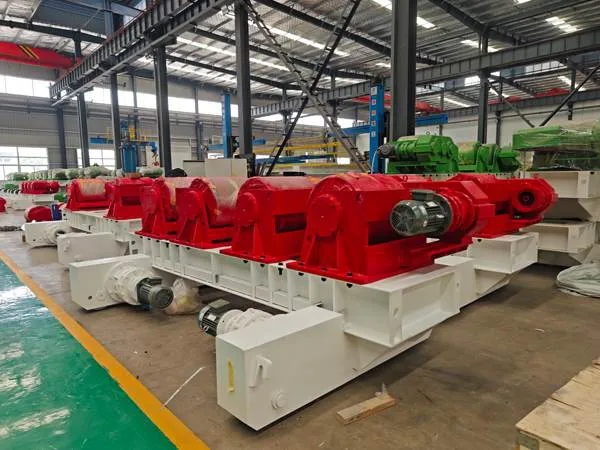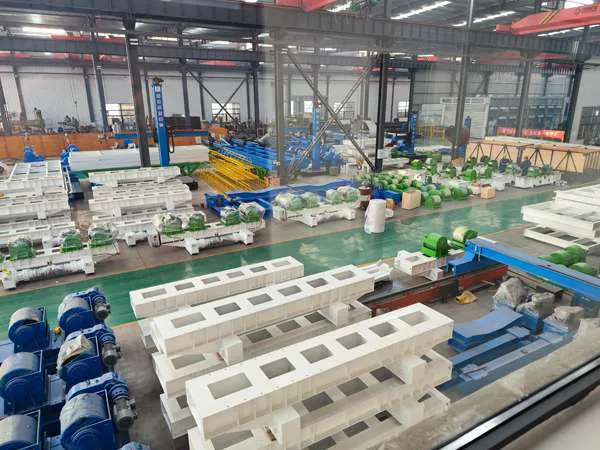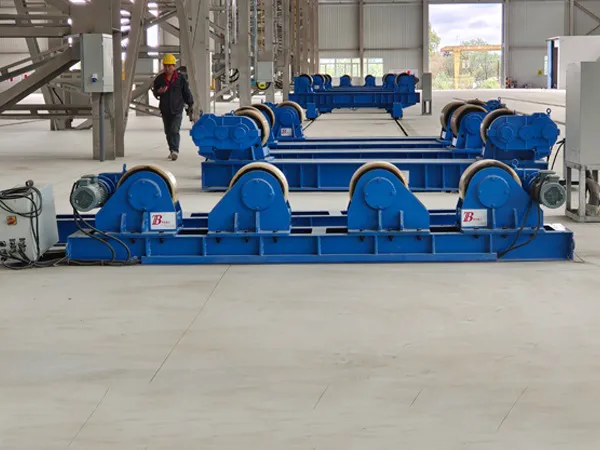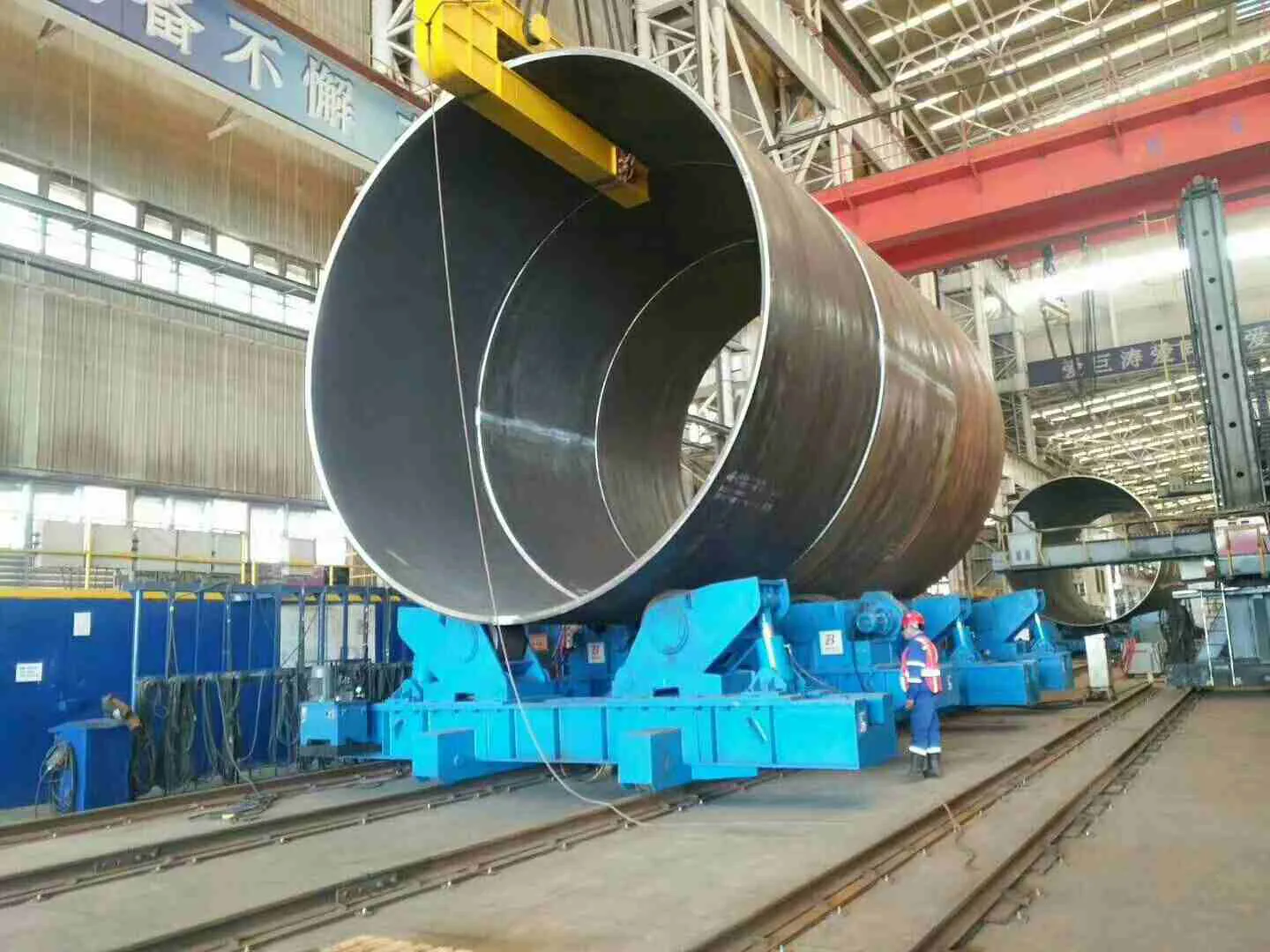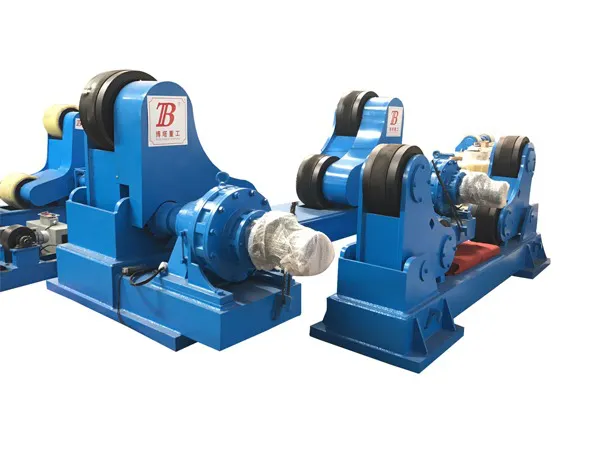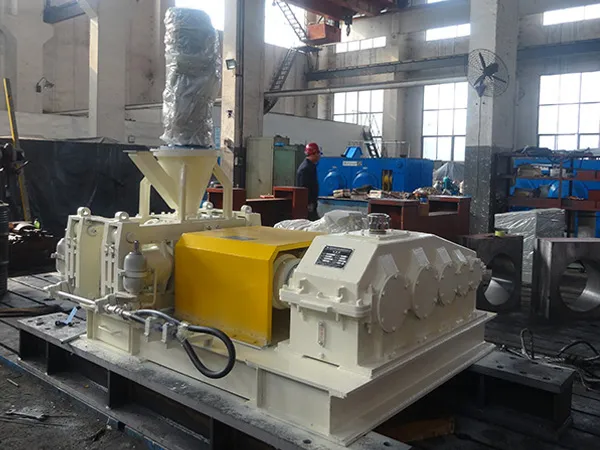En maquinaria pesada moderna y sistemas de precisión., La clasificación de carga estática básica y la clasificación de carga estática básica del rodamiento se refieren a la carga máxima que el rodamiento puede soportar cuando está estático o rotando. Son componentes indispensables que permiten una rotación suave., inclinación, y oscilación. Sirven como"conjunto” de equipos mecánicos, asegurando estabilidad estructural y movimiento preciso.
Comprender las diferencias entre una sola fila y rodamientos giratorios de dos hileras-y cómo sus especificaciones afectan el rendimiento es crucial para los ingenieros mecánicos, diseñadores, y responsables de compras. La elección correcta del rodamiento puede mejorar significativamente la eficiencia, fiabilidad, y vida útil al mismo tiempo que reduce los costos de mantenimiento.
¿Qué es un rodamiento giratorio??
Un rodamiento giratorio (también conocido como rodamiento giratorio o anillo giratorio) Es un rodamiento especializado diseñado para soportar cargas axiales., radial, y cargas de momento de vuelco simultáneamente. Normalmente consiste en:
Anillos interior y exterior
Elementos rodantes (bolas o rodillos)
Componentes espaciadores y de sellado
Su ventaja estructural permite que los equipos de servicio pesado giren suavemente bajo cargas sustanciales sin fricción excesiva..
Las aplicaciones comunes incluyen:
Maquinaria de construcción y minería.
Grúas y plataformas aéreas
Turbinas eólicas y sistemas de seguimiento solar.
Robots industriales y líneas de automatización.
Equipos de elevación portuarios y sistemas de radar.
Rodamientos giratorios de una hilera: Rentable y confiable
1.Rodamiento giratorio de bolas de contacto de cuatro puntos
los Rodamiento de bolas de contacto de cuatro puntos de una hilera es el tipo más utilizado. Cada bola de acero hace contacto en cuatro puntos., permitiéndole llevar axial combinado, radial, y cargas de momento simultáneamente.
Presenta una estructura simple., fácil instalación, y rendimiento rentable, haciéndolo adecuado para aplicaciones de carga media.
Usos típicos:
Excavadoras, grúas, posicionadores de soldadura, pequeñas turbinas eólicas, y sistemas de automatización industrial.
…
Para obtener información más detallada sobre las especificaciones de los rodamientos giratorios de una o dos hileras, por favor haga clic aquí: https://www.mcslewingbearings.com/a/news/single-row-and-double-row-slewing-bearing-specifications.html

